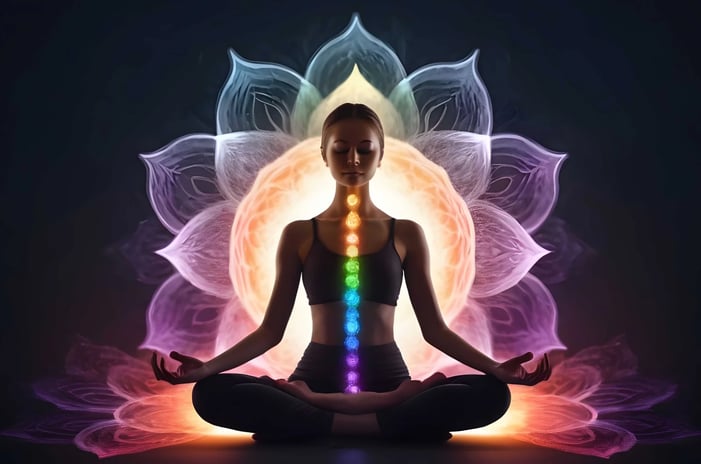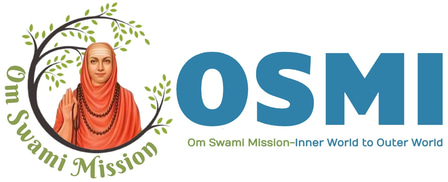How Kundalini penetrate the Brahma Granthi
Once the muladhara chakra is fully activated, the subsequent step involves guiding the kundalini to penetrate the brahma granthi. This point is located just above the muladhara chakra and below the swadhisthana chakra. As previously mentioned, granthi translates to knot. In the brahma granthi, nerves intertwine, creating a knot-like structure. The pressure from these nerves can be felt in the central canal of the spinal cord, making it challenging for the kundalini to pass through this area. In rare instances, the kundalini may ascend to the sahasrara spontaneously and with great force, without any human intervention.


Once the muladhara chakra is effectively activated, the subsequent step involves guiding the kundalini to penetrate the brahma granthi. This area is located just above the muladhara chakra and below the swadhisthana chakra. As previously mentioned, granthi translates to knot. In the brahma granthi, nerve pathways intertwine, resembling a knot. The pressure from these nerves can be felt in the central canal of the spinal cord, making it challenging for the kundalini to pass through this region. There are rare instances where the kundalini ascends to the sahasrara spontaneously, without any human intervention. In such cases, the kundalini operates independently. However, in most situations, we must actively assist the kundalini in its ascent. Thus, navigating through the granthis can be somewhat challenging and requires additional effort. The nerve plexuses can be relaxed primarily through two exercises: one is the bending exercise, and the other is hip rotation, which we discussed in the previous post. The bending exercise is straightforward. Raise both arms above your head. Inhale deeply and allow your stomach to expand. Gradually lower your arms to touch your feet while bending your head, neck, and trunk forward, exhaling as you do so. By the time your hands approach your feet, you should have fully exhaled. After a brief pause, lift your arms back above your head while inhaling gradually. Start inhaling just before you lift your arms and complete the inhalation when your arms are fully extended overhead. Hold your breath for a few seconds, then repeat the process of gradual exhalation and bending. As you inhale and exhale, your stomach should expand and contract accordingly. Once you feel at ease with this exercise, you can extend your raised arms slightly backward while simultaneously bending your head backward as well.
The initiation of this bend should originate from your hip area. The hip will only slightly bend backward, while your trunk will bend a bit more than the hip. Your shoulders will follow, bending slightly more than the trunk, and your head will tilt a little more than the shoulders, with your palms being the most flexed part. It’s essential that your inhalation and exhalation align with the movement of your abdomen and the bending motion, emphasizing the importance of synchronization. Engaging in these two exercises will help loosen the brahma granthi. After completing them, take a moment to rest before sitting down for meditation. Focus on moving the kundalini from the perineum to the muladhara chakra, meditating there until you can sense a tingling sensation. At this point, you should visualize the kundalini as a deep red color. It’s time to guide her past the brahma granthi. Initially, she may encounter some resistance, but with time, the kundalini will rise smoothly to the swadhisthana chakra. As she penetrates the brahma granthi, you may experience pressure and heat in that area. You should encourage her ascent with your inhalation. While discussing the ascent of kundalini is straightforward, the actual practice can be challenging. Only through consistent practice can progress be made. The kundalini energy must rise through the central canal of the spinal cord, known as the sushumna. There is a chance she may ascend through the ida or pingala nadis, which could lead to health issues and other complications. To ensure her ascent through the central canal, practicing pranayama is crucial. Additionally, one should learn to draw the kundalini energy upward while inhaling.
